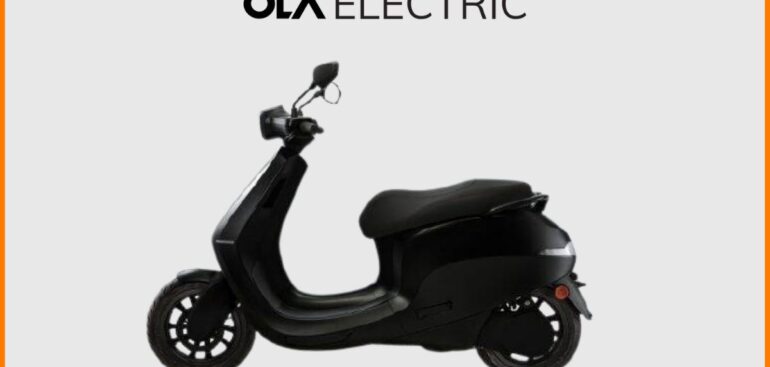As consultant, has come across many who share this thought but few strive to achieve it and create a brand story.
My post is today about a company that is creating a positive impact not only in word but with product and action , the path to it was sown by its passionate founder.
Founded by Yvon Chouinard in 1973, Patagonia is a leading outdoor clothing and gear brand that is committed to sustainability, quality, and performance. From organic cotton and hemp fabrics to initiatives like the Footprint Chronicles and Worn Wear program, Patagonia is dedicated to reducing its environmental impact and promoting sustainable practices.
But Patagonia’s commitment to social responsibility doesn’t end there. Through their 1% for the Planet program, Patagonia donates 1% of their sales to environmental organizations, and they are constantly working to improve worker rights and animal welfare in their supply chain.
Chouinard started his business career by making climbing equipment. In the 1950s and 1960s, he and a friend began forging and selling their own climbing gear, including pitons, carabiners, and ropes. In the early 1970s, Chouinard began to expand his business by importing clothing from Scotland and selling it to climbers in the United States. This was the beginning of Patagonia.
Chouinard was passionate about protecting the environment and saw his business as a way to make a positive impact. He was an early adopter of organic cotton and hemp fabrics, and worked to reduce the environmental impact of his company’s operations.
In the early days of Patagonia, Chouinard built the brand by focusing on quality, durability, and performance. He believed that the best way to build a loyal customer base was to provide products that would last for years and perform well in tough outdoor conditions. Patagonia’s first product was a rugby shirt made from organic cotton that became a popular choice for climbers and hikers.
Chouinard started to build the Patagonia brand by focusing on environmental and social responsibility. He was one of the first business leaders to publicly address the issue of climate change, and he encouraged his customers to reduce their environmental impact by repairing and reusing their Patagonia products.
Today, Patagonia is a leading outdoor clothing and gear brand, known for its commitment to sustainability, quality, and performance. Yvon Chouinard’s early vision and dedication to environmental and social responsibility laid the foundation for the company’s success and enduring brand appeal.


